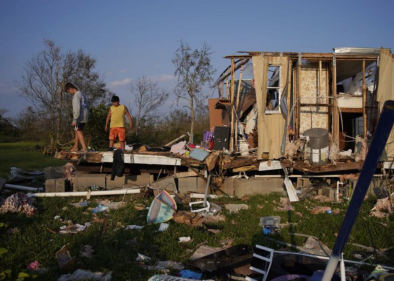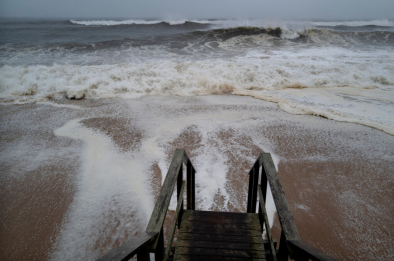Ida Intensified Rapidly, Supercharged By Warm Ocean Temps

While the total loss and damage caused by Hurricane Ida will not be known for some time, the storm's impact will be greater than the sum of its ferocity because of the speed with which it became such a massive storm.
In addition to the storm's overall intensity, rainfall, and storm surge — all of which are major parts in what makes hurricanes so destructive — warmer ocean temperatures due to fossil-fueled climate change are contributing to hurricanes' rapid intensification.
Supercharged by exceptionally warm ocean waters running as much as 8°F hotter than average, Hurricane Ida intensified from a Tropical Storm on Friday with sustained winds of about 65 mph to nearly a Category 4 monster with winds twice as strong by early Sunday morning. It blew through the official threshold for rapid intensification in just 6 hours. "Rapid intensification is the new normal intensification," longtime South Florida meteorologist John Morales tweeted.
Rapid intensification in general, and Ida's in particular, make storms more dangerous because it limits officials' ability to warn residents and call for, or mandate, evacuations, which take more time to do safely than a storm that quickly strengthens will allow. Ida's storm surge was also so great it reversed the flow of the Mississippi River.
(New York Times $, Washington Post $; Timeline: Weather Underground; Mississippi flow: Bloomberg $; Mandatory evacuation timing: Black Wall Street Times; Climate Signals background: Hurricanes, Storm surge, Extreme precipitation, Atlantic hurricane intensity)
Related Content





